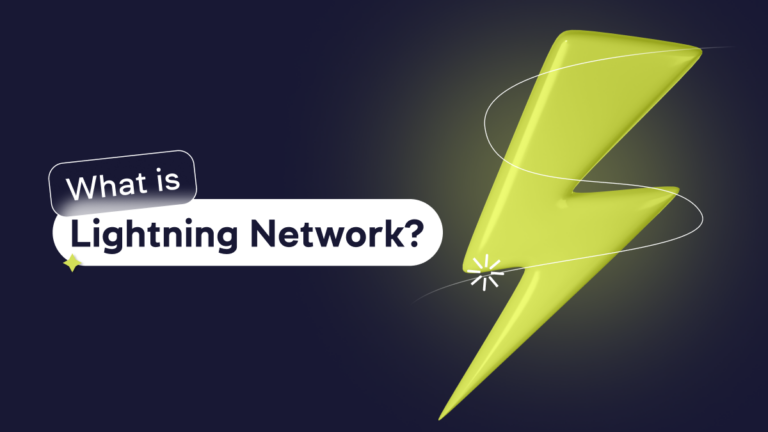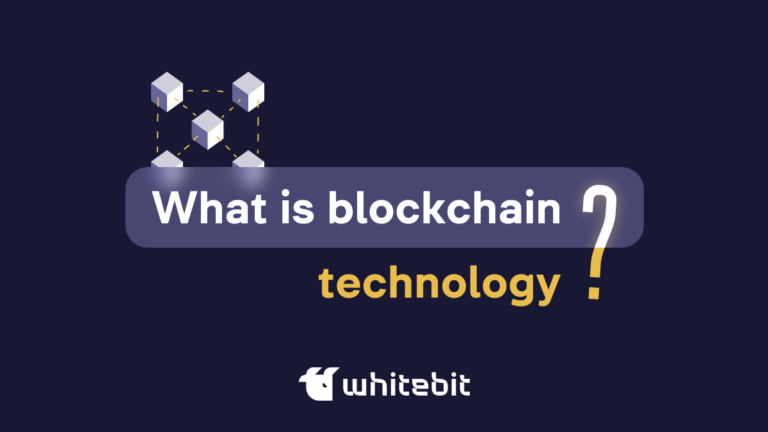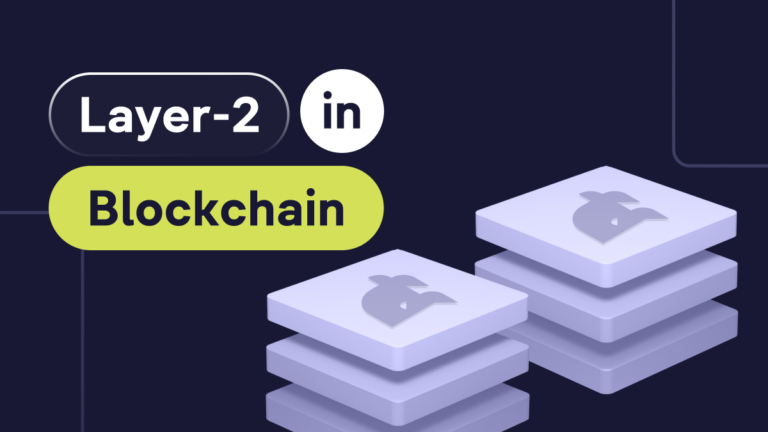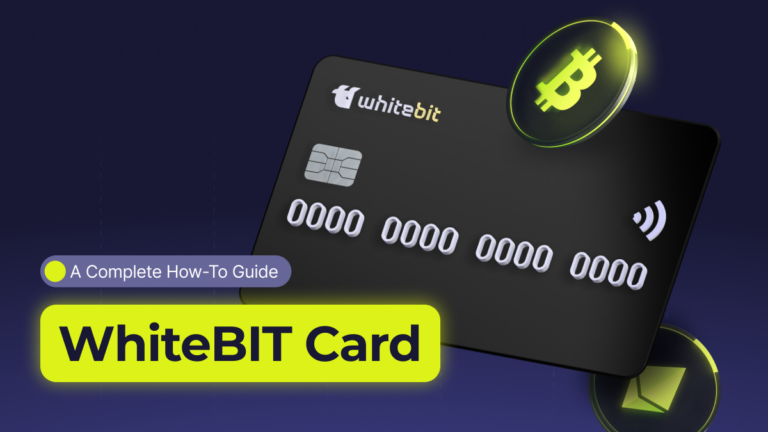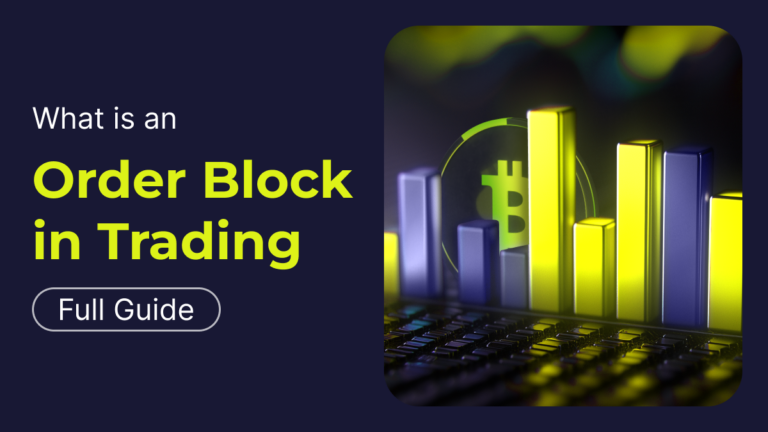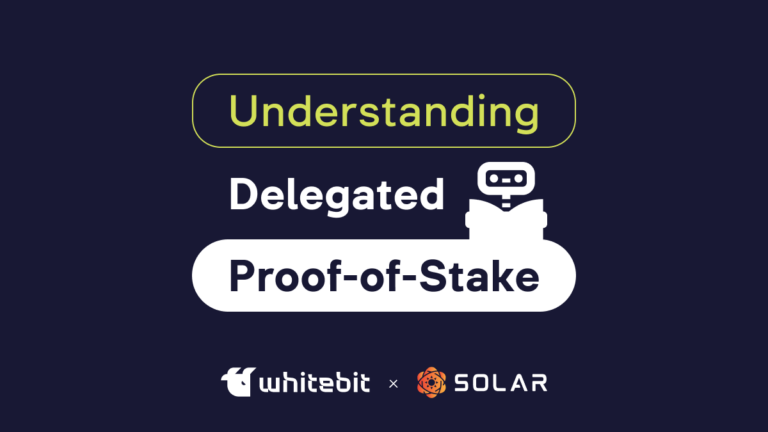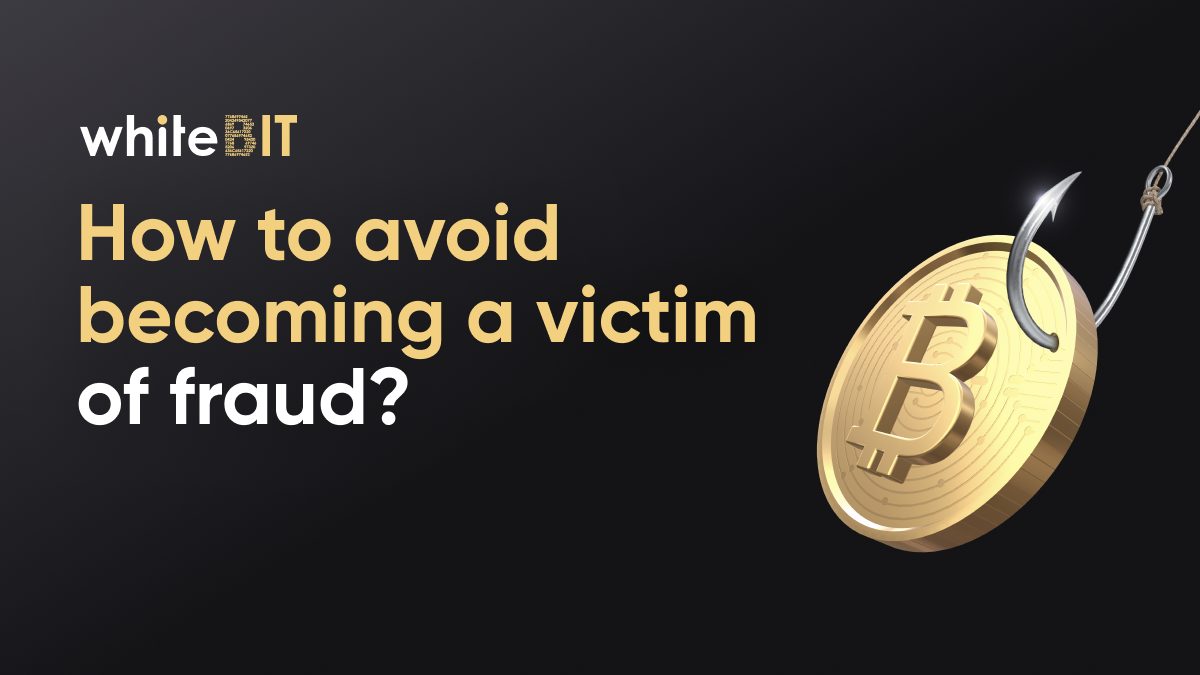What is a Layer 1 Blockchain?
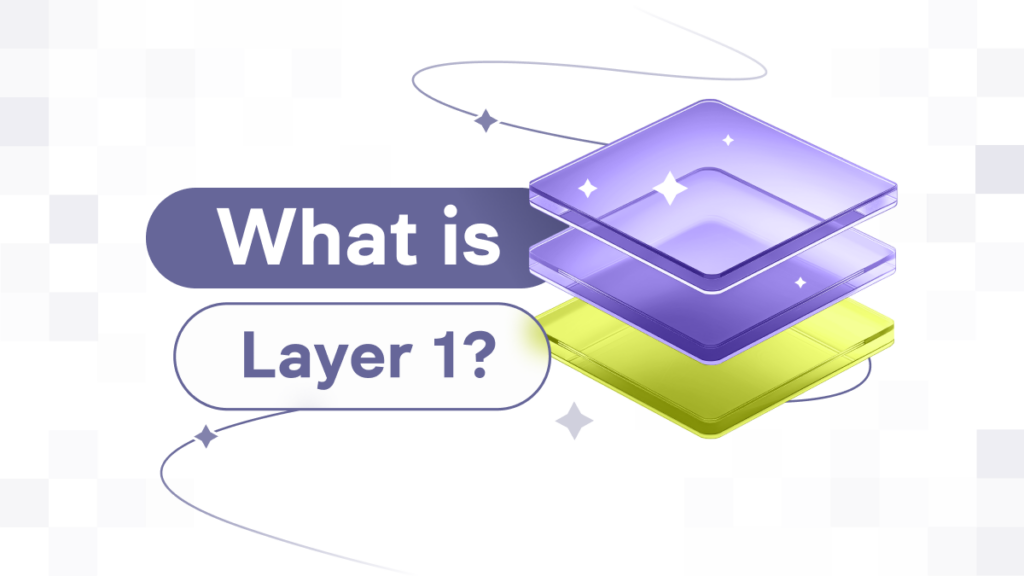
Content
Let’s delve into all the intricate details of Layer 1 blockchains, providing a comprehensive explanation of their fundamental role in the blockchain ecosystem. This text offers a comparative analysis of the difference between Layer 1 and Layer 2 blockchains, highlighting their respective functions and benefits. Read on to uncover all the fascinating info about Layer 1 blockchains and understand how they form the backbone of the entire decentralized network.
What Is Layer 1?
A Layer 1 crypto blockchain refers to the foundational layer of a blockchain network. It serves as the base Layer 1 protocol on which other applications and networks are built. Essentially, Layer 1 blockchains have a core blockchain infrastructure, like Bitcoin, Ethereum, or Cardano, that provides the basic functionality for recording transactions, maintaining consensus, and ensuring security across a decentralized network.
The importance of Layer 1 in the blockchain ecosystem cannot be overstated. It is the primary infrastructure upon which the entire ecosystem is built. Without a robust Layer 1 blockchain, the applications, tokens, and secondary networks (Layer 2 solutions) we see today would not exist. Layer 1 blockchains ensure the integrity, security, and functionality of the entire blockchain system, serving as the backbone for decentralized applications and cryptocurrencies.
Main Functions of Layer 1 Blockchain
Ensuring Security
Consensus Mechanisms (Proof of Work, Proof of Stake):
Layer 1 blockchains employ various consensus mechanisms to maintain security and validate transactions. The most notable mechanisms are Proof of Work (PoW) and Proof of Stake (PoS). PoW, used by Bitcoin, requires miners to solve complex mathematical problems to add a new block to the blockchain. This process is resource-intensive, providing high security at the cost of energy efficiency. PoS, on the other hand, used by newer blockchains like Ethereum 2.0, requires validators to stake a certain amount of cryptocurrency as collateral to validate transactions. This method is more energy-efficient while still maintaining robust security.
Protection Against Attacks (e.g., 51% Attack):
Layer one blockchain must protect against various types of attacks, with the 51% attack being one of the most significant threats. A 51% attack occurs when a single entity or group of entities gains control of more than 50% of the network’s mining or staking power, allowing them to manipulate the blockchain. Effective L1 blockchain has built-in mechanisms to prevent such dominance and ensure the network remains secure and decentralized.
Scalability
Network Throughput:
Scalability is a critical function of L1 blockchains and the web3 and DeFi world. It refers to the network’s ability to handle an increasing number of transactions per second (TPS). A scalable blockchain can grow and adapt to higher demands without compromising performance or security. Enhancing scalability ensures that the blockchain can support a larger user base and a higher volume of transactions, which is essential for widespread adoption.
Transaction Confirmation Time:
Another aspect of scalability is the time it takes to confirm transactions. Faster confirmation times improve user experience and make the blockchain more viable for everyday use. Layer 1 blockchains aim to reduce the time required to validate and confirm transactions, thus enhancing the overall efficiency of the network.
Decentralization
Node Participation:
Decentralization is a core principle of blockchain technology. It involves distributing control and decision-making across a wide network of nodes rather than relying on a central authority. Layer 1 blockchains promote decentralization by allowing anyone to run a node and participate in the network. This inclusivity ensures that no single entity can monopolize control, maintaining the integrity and trustworthiness of the blockchain. Additionally, node operators manage and secure their private keys, further decentralizing the control and enhancing the network’s security.
Distribution of Rights and Responsibilities:
Decentralization also entails distributing rights and responsibilities across the network. This means that no single node has disproportionate control or influence over the blockchain. Instead, power is shared among all participants, ensuring fair and transparent systems. This distribution helps prevent centralization and ensures that the blockchain remains open and accessible to all.
Layer 1 vs Layer 2
Layer 1 and Layer 2 are essential concepts in the blockchain ecosystem, each serving distinct roles to enhance the overall functionality of the network. Layer 1 refers to the base layer or the main blockchain architecture, such as Bitcoin or Ethereum, which provides the fundamental infrastructure for recording transactions, maintaining consensus, and ensuring security through mechanisms like Proof of Work (PoW) or Proof of Stake (PoS). These blockchains are responsible for the core operations and security of the network but often face limitations in scalability and speed due to their decentralized nature. Layer 2 solutions, on the other hand, are secondary frameworks built on top of Layer 1 blockchains to address these limitations. They aim to increase transaction throughput and reduce fees by offloading transactions from the main chain to secondary protocols. Technologies like the Lightning Network for Bitcoin and various rollups for Ethereum exemplify Layer 2 solutions. These enhancements allow for faster and cheaper transactions while still leveraging the security and decentralization of the underlying Layer 1 blockchain, creating a more scalable and efficient ecosystem.
Blockchain Trilemma and Different Approaches to Solve It
The blockchain trilemma refers to the challenge of achieving three key attributes simultaneously: decentralization, security, and scalability. Typically, enhancing one aspect can compromise the others. For example, increasing scalability might reduce decentralization or security. Various approaches have been proposed to address this trilemma:
Sharding:
Sharding involves dividing the blockchain layers into smaller, more manageable pieces, or shards, each capable of processing transactions independently. This approach can significantly enhance scalability without compromising security or decentralization.
Blockchain Scaling Protocols:
Protocols like Segregated Witness (SegWit) and the Lightning Network aim to increase blockchain scalability. SegWit modifies how transaction data is stored, reducing the data size of each transaction. The Lightning Network allows off-chain transactions, which can be settled on the main blockchain later, thus increasing transaction throughput. These scaling protocols can be seamlessly integrated with a crypto wallet, enabling users to benefit from faster and more efficient transactions.
Alternative Consensus Mechanisms:
New consensus mechanisms like Delegated Proof of Stake (DPoS) and Practical Byzantine Fault Tolerance (PBFT) offer different ways to achieve consensus, often enhancing scalability and efficiency while maintaining security and decentralization.
Examples of Layer 1 Blockchains
Bitcoin
The First and Most Well-Known Blockchain:
Bitcoin, launched in 2009 by an anonymous entity known as Satoshi Nakamoto, is the first and most well-known Layer 1 network. It introduced the concept of a decentralized digital currency and laid the foundation for the entire blockchain industry.
Uses Proof of Work:
Bitcoin uses the Proof of Work (PoW) consensus mechanism, where miners solve complex mathematical problems to validate transactions and secure the network. This method is highly secure but resource-intensive, requiring significant computational power and energy. The nature of Bitcoin’s shared ledger makes counterfeit virtually impossible.
Ethereum
Support for Smart Contracts and Decentralized Applications:
Ethereum, introduced in 2015, with its ERC20 tokens, expanded the functionality of blockchain technology by supporting smart contracts and decentralized applications (dapp). These self-executing contracts run on the blockchain, enabling complex transactions and applications without intermediaries.
Transition from Proof of Work to Proof of Stake (Ethereum 2.0):
Ethereum token underwent a significant upgrade to Ethereum 2.0, transitioning from Proof of Work (PoW) to Proof of Stake (PoS). This shift aims to enhance scalability, reduce energy consumption, and improve the overall efficiency of the network.
Solana
High Throughput and Low Fees:
Solana is known for its high throughput and low transaction fees. It can handle thousands of transactions per second, making it one of the most scalable Layer 1 blockchains.
Uses Unique Consensus Mechanism Proof of History:
Solana employs a unique consensus mechanism called Proof of History (PoH), which timestamps transactions to create a historical record. This method enhances the speed and efficiency of transaction validation, contributing to Solana’s high scalability.
Layer 1 Technologies and Innovations
Sharding
Sharding is a technique that improves scalability by dividing the blockchain into smaller, more manageable pieces called shards. Each shard operates independently, processing transactions and storing data. This parallel processing capability allows the network to handle more transactions simultaneously, significantly enhancing throughput and scalability.
Scaling Protocols
Segregated Witness (SegWit):
Segregated Witness, or SegWit, is a protocol upgrade that changes how transaction data is stored on the blockchain. By separating the transaction signatures from the transaction data, SegWit reduces the size of each transaction, increasing the number of transactions that can fit into a block. This enhancement boosts the overall capacity and scalability of the blockchain.
Lightning Network:
The Lightning Network is one of Layer 2 scaling solutions that allows off-chain transactions. Users can conduct multiple transactions off-chain and settle the net result on the mainnet later. This approach significantly increases transaction throughput and reduces fees, making the blockchain more scalable and efficient.
Alternative Consensus Mechanisms
Delegated Proof of Stake (DPoS):
DPoS is a consensus mechanism where stakeholders vote for a small number of delegates who validate transactions and maintain the blockchain. This method enhances scalability and efficiency while maintaining decentralization and security.
Practical Byzantine Fault Tolerance (PBFT):
PBFT is a consensus algorithm designed to tolerate Byzantine faults, where nodes in the network can act maliciously or unpredictably. PBFT ensures that honest nodes can reach consensus even in the presence of faulty nodes, enhancing the security and reliability of the blockchain.
Advantages of Layer 1
High Level of Security
Blockchain Layer 1 designed to provide a high level of security. Through robust consensus mechanisms and decentralization, they ensure that transactions are validated and recorded accurately, protecting the network from attacks and fraud.
Support for Decentralization
Layer 1 blockchains inherently support decentralization by distributing control and decision-making across a wide network of nodes. This decentralized structure prevents central authority and promotes transparency, fairness, and resilience.
Foundation for Layer 2 Solutions
Top Layer 1 blockchain serves as the foundation for Layer 2 solution. These secondary networks and protocols, built on top of Layer 1, aim to enhance scalability, speed, and efficiency. Layer 2 solutions rely on the security and functionality provided by Layer 1 blockchains to operate effectively. Assets of both L1 and L2 projects are available on the biggest crypto exchanges, enabling a broad audience to make use of their innovative technologies.
Limitations of Layer 1
Despite the large list of advantages of Layer 1 blockchains, they face certain limitations that need to be addressed. One of the main limitations is the issue of scalability. As the number of users and transactions on a Layer 1 blockchain grows, its throughput can become a bottleneck. This leads to slower transaction confirmations and increased fees, reducing the network’s efficiency and user-friendliness. Decentralization, being a key advantage, also presents a challenge, as maintaining a large number of nodes can slow down the consensus process.
Layer 1 blockchains, such as Bitcoin and Ethereum, also face energy efficiency issues, especially when using the Proof of Work (PoW) mechanism. This method requires significant computational resources and energy for mining, making it less sustainable in the long term. Other consensus mechanisms, such as Proof of Stake (PoS), attempt to solve this problem, but they have yet to prove their absolute reliability and security at scale.
The Future of Layer 1
The future of Layer 1 blockchains promises significant improvements and innovations aimed at overcoming existing limitations and enhancing overall efficiency. The development and implementation of new consensus mechanisms, such as Proof of Stake (PoS) and Delegated Proof of Stake (DPoS), are expected to reduce energy consumption and improve scalability while maintaining high security and decentralization.
Furthermore, technologies like sharding will continue to evolve, offering solutions to increase blockchain throughput. Sharding allows a blockchain to be divided into smaller, more manageable segments, each capable of processing transactions independently, significantly boosting the network’s speed and scalability.
Integration with Layer 2 solutions will also play a crucial role in the future of Layer 1 blockchains. These secondary networks and protocols, such as the Lightning Network for Bitcoin and various rollups for Ethereum, will help significantly increase transaction throughput and reduce fees, providing broader adoption and usability of blockchains.
Conclusion
Layer 1 blockchains are the bedrock of the blockchain ecosystem, providing the essential infrastructure for decentralized networks. They ensure security, scalability, and decentralization, addressing the blockchain trilemma through innovative approaches and technologies. Examples like Bitcoin, Ethereum, and Solana demonstrate the diverse capabilities and applications of Layer 1 blockchains. As the blockchain industry evolves, Layer 1 blockchains will continue to play a crucial role in enabling the growth and development of decentralized technologies. Their robust security, support for decentralization, and foundation for Layer 2 solutions make them indispensable in the ongoing advancement of the blockchain ecosystem.
FAQ
Layer 0 is the foundational layer of the blockchain ecosystem, encompassing protocols, hardware, and infrastructure that enable communication and operation across different blockchain networks (Layer 1). It facilitates cross-chain interoperability, allowing seamless data and asset transfers between blockchains. Polkadot is an example of a Layer 0 protocol that connects multiple blockchains into a unified network.
Layer 1 is the main blockchain architecture responsible for transaction recording, maintaining consensus, and ensuring network security, including blockchains like Bitcoin and Ethereum. Layer 2 solutions build on Layer 1 to enhance scalability and speed by offloading transactions. Layer 0 provides the infrastructure and interoperability for different Layer 1 blockchains to communicate and interact.
Layer 1 blockchains are essential as they provide the foundation for all blockchain operations, ensuring security, decentralization, and network integrity. They support decentralized applications (dApps) and smart contracts, expanding blockchain use cases. Advancements in Layer 1 technologies will drive blockchain evolution, making it more efficient, secure, and capable of handling broader applications and higher transaction volumes.
There are numerous Layer 1 blockchains, with some of the most well-known being Bitcoin, Ethereum, Cardano, Solana, and Polkadot. The exact number is constantly changing as new projects are launched and others become inactive.
A Layer 1 blockchain is the base layer of a blockchain network, providing the fundamental protocol for recording transactions, maintaining consensus, and ensuring security. Examples include Bitcoin and Ethereum.
A Layer 2 solution is built on top of a Layer 1 blockchain to enhance scalability and efficiency. These secondary networks or protocols handle transactions off the main chain, reducing congestion and fees. Examples include the Lightning Network for Bitcoin and rollups for Ethereum.

